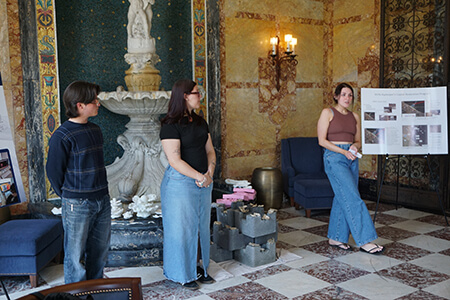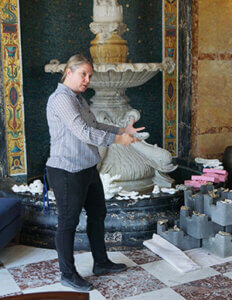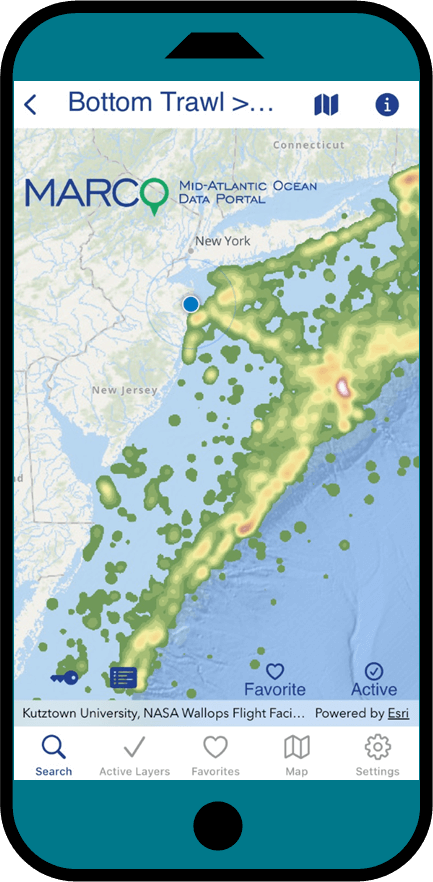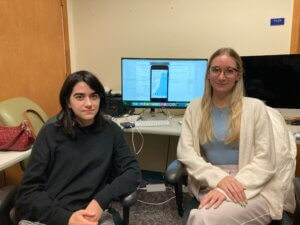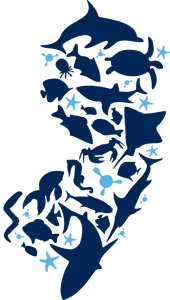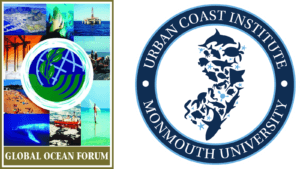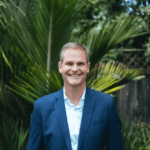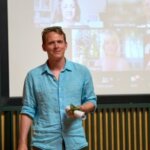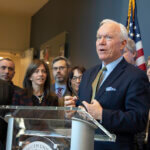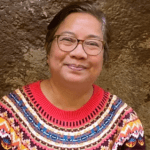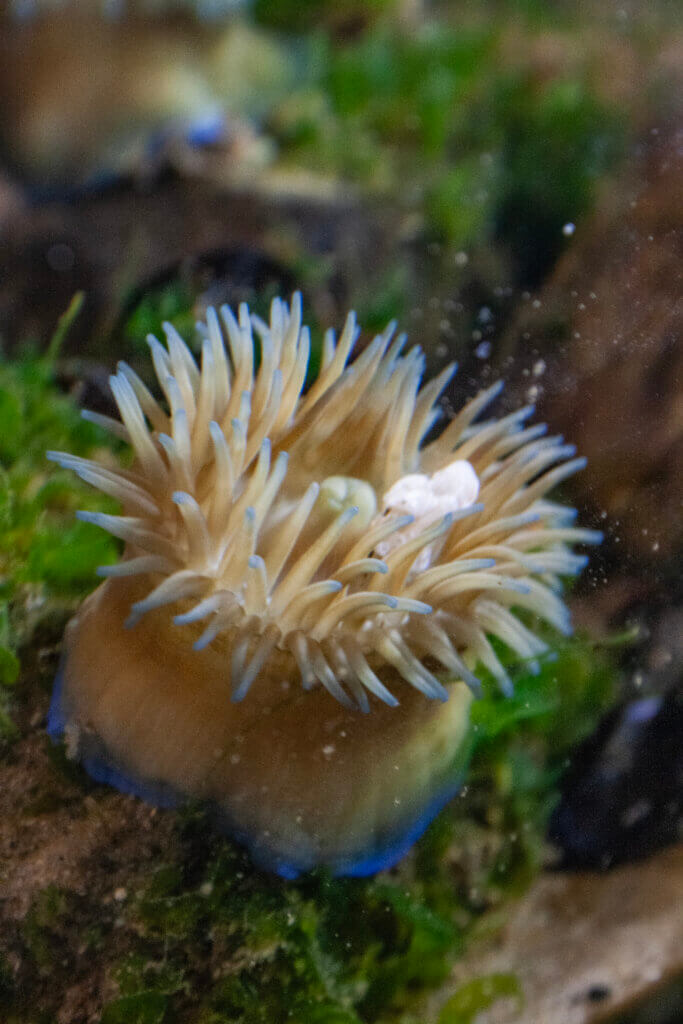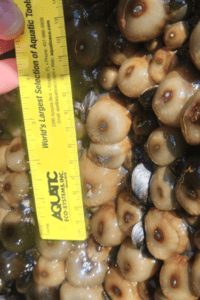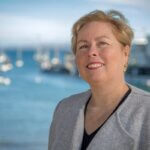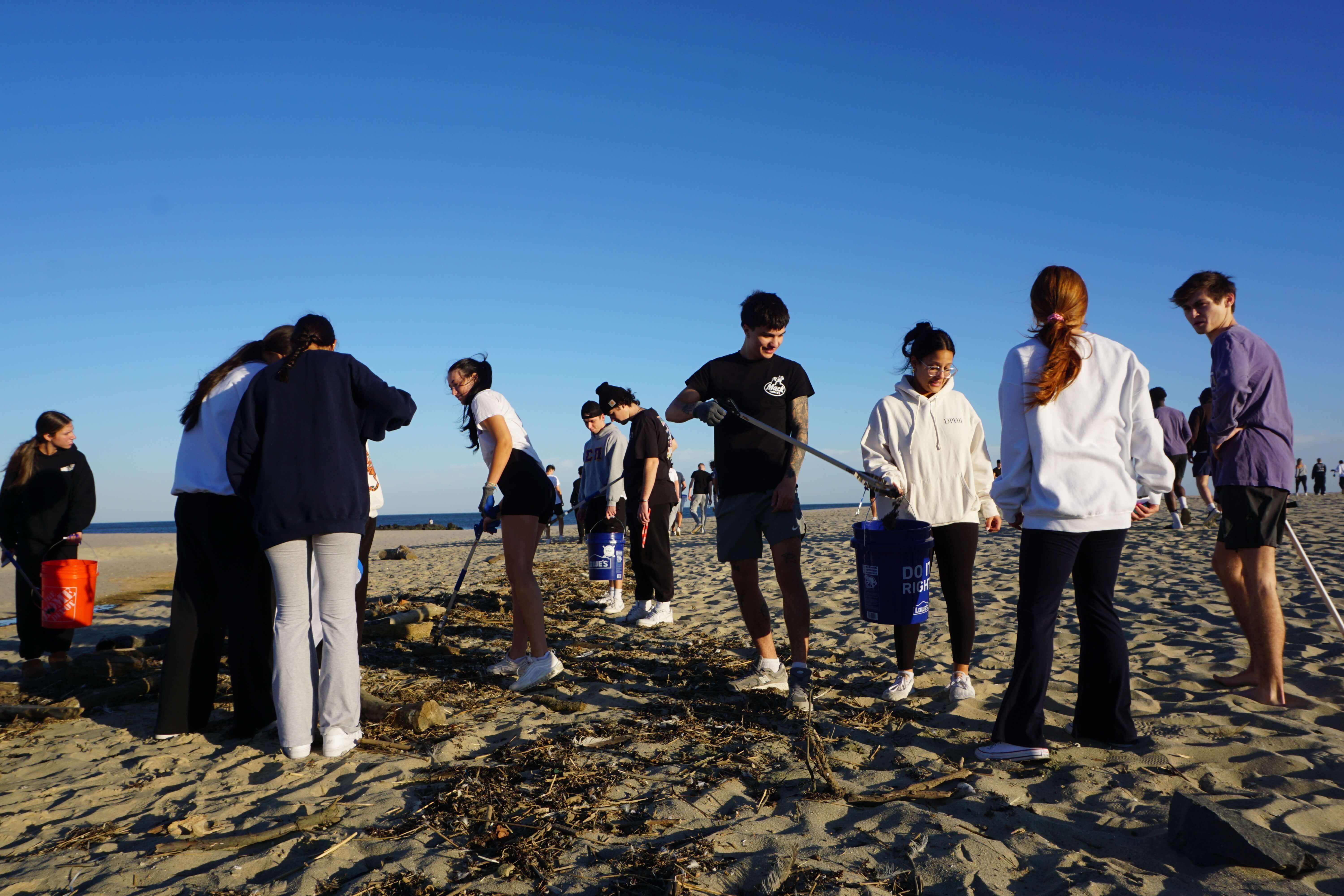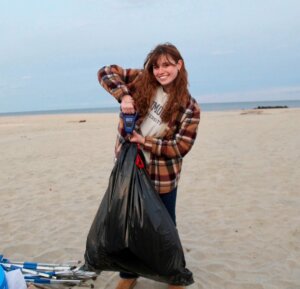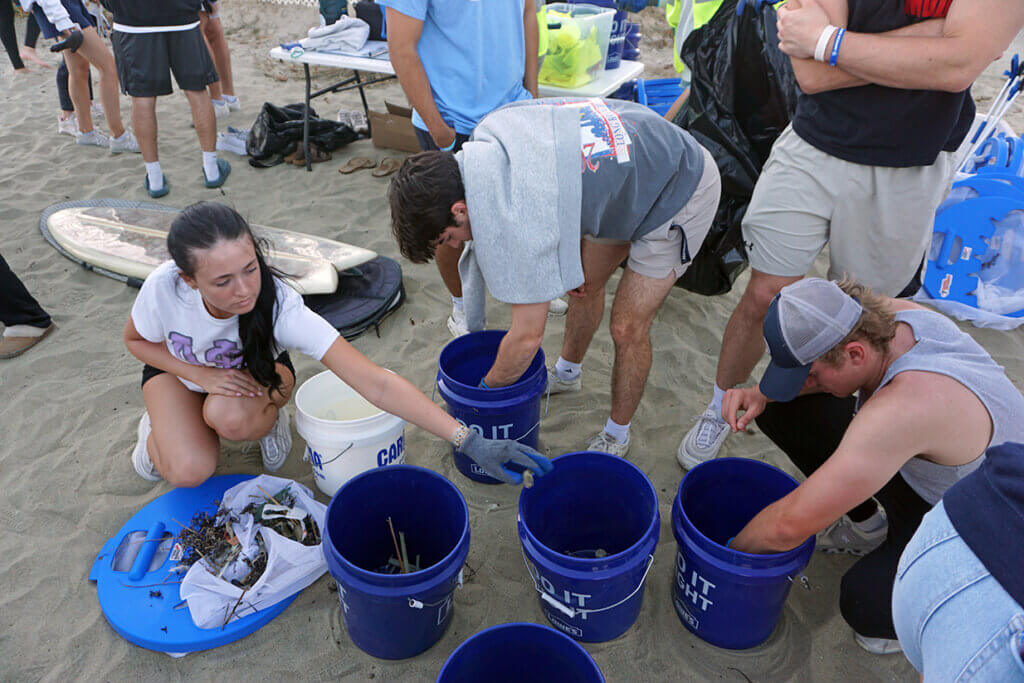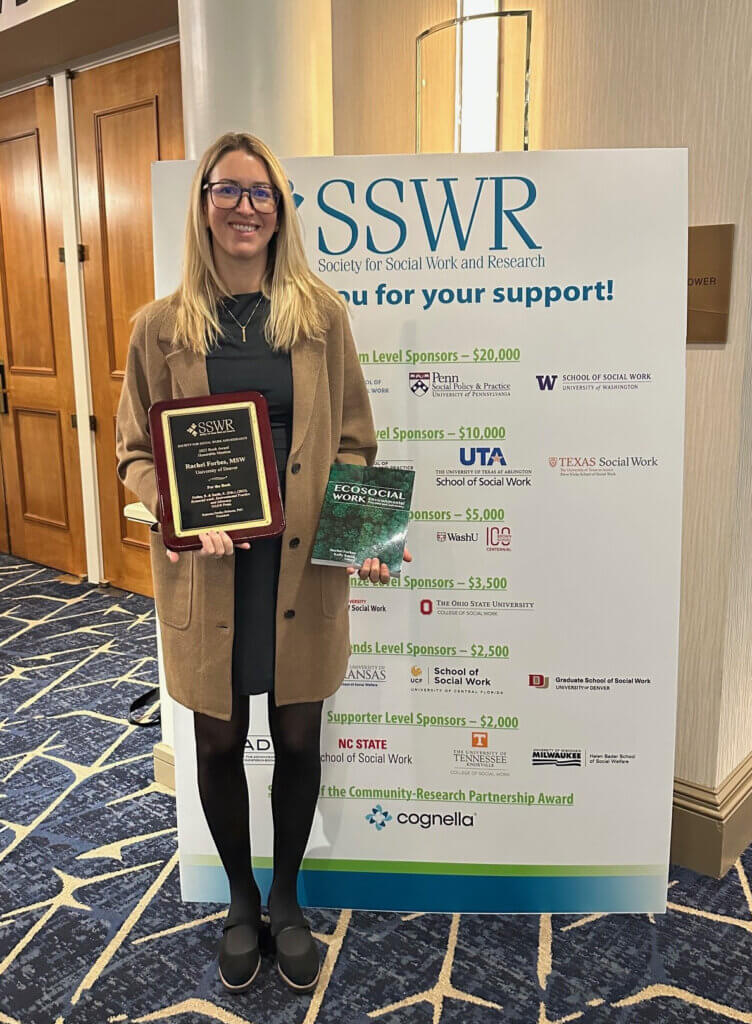The Monmouth University Urban Coast Institute (UCI) will provide funding for four students and their faculty mentors to conduct summer research projects through its Heidi Lynn Sculthorpe Scholars program. In addition, a UCI Faculty Enrichment Grant has been awarded to Associate Professor Meghan Delaney to advance her research on ecotherapy, which focuses on contact with nature as a method for element of counseling.
Heidi Lynn Sculthorpe Scholars grants support students and faculty of all disciplines in pursuing their passions for marine and coastal issues through experiential research. The program provides grant opportunities for student researchers and faculty mentors to conduct projects of their own design that advance the UCI’s mission and Monmouth’s Strategic Plan. Each year, the program funds several hands-on research positions that provide real-world experience to students while helping make a positive impact in coastal communities.
Student Summer Research Grants
The Anomaly of Coral Reef Conservation
Student Researcher and Major: Audrey Copeland, marine and environmental biology and policy
Faculty Mentor: Rechnitz Family/UCI Endowed Chair in Marine and Environmental Law and Policy Peter Jacques
Analysis will focus on the comparative lack of ocean conservation measures being taken in the Caribbean relative to the critical importance that healthy reefs play in the region’s economy and ecosystems.
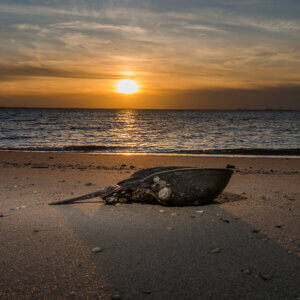
Beachcomber’s Guide to the New Jersey Shore
Student Researcher and Major: Diederik Boonman Morales, marine and environmental biology and policy
Faculty Mentor: Professor Pedram Daneshgar, Ph.D., Department of Biology/Marine and Environmental Biology and Policy Program
A field guide will be created for beachgoers to learn about common organisms found along New Jersey’s beaches. The guide will include photos to aid with visual identification, short descriptions of each organism’s key characteristics, behavior, and habitat preferences, and more.
Social Impacts of Coastal Disasters in Randolph, N.J., During Hurricane Sandy
Student Researcher and Major: Bryana Ruiz, biology
Faculty Mentor: Rechnitz Family/UCI Endowed Chair in Marine and Environmental Law and Policy Peter Jacques
Using the Morris County municipality of Randolph’s experience during Hurricane Sandy as a case study, the researcher will explore how factors such as neighborhood history and social conditions can shape risk and vulnerability to climate hazards.
A Study of Invasive Species Persistence in the Presence of Pollution Using Nonautonomous Lotka-Volterra Models
Student Researcher and Major: Miriam Abecasis, mathematics and software engineering (double major)
Faculty Mentor: Assistant Professor Torrey Gallagher, Ph.D., Department of Mathematics
The project aims to develop mathematical models describing the effects of pollution, contaminants, and runoff on the spread and persistence of invasive species in New Jersey waterways.
Faculty Enrichment Grant
The Influence of Ecotherapy and EcoWellness on Counselor Burnout
Faculty Researcher: Associate Professor Megan Delaney, Ph.D., LPC, Department of Psychology
This research will probe whether practicing ecotherapy and fostering ecowellness can buffer against burnout in mental health professionals, and if so, what the associated factors are.
Additional Funding Opportunities
Monmouth University students and faculty are invited to apply now for additional summer and fall Heidi Lynn Sculthorpe Scholars funding opportunities. Grants available include:
- Faculty Enrichment Grants for the enhancement of existing curriculum, new curriculum development, research and scholarship, and team-teaching opportunities. Proposals for fall grants will be accepted through Aug. 22.
- Mini-Grants are also available to faculty and students for conference fees, symposia, guest speaker honoraria, equipment and supplies, and other needs to be determined on a case-by-case-basis. Applications can be submitted at any time and are reviewed on a rolling basis.
Those interested may apply via the UCI Funding Opportunities page on the MyMU Portal (Monmouth University sign-in credentials required). For more information, contact UCI Associate Director Tom Herrington at therring@monmouth.edu.
These opportunities have been made possible through the generous support of many corporate and private donors. If you would like to make a tax-deductible gift to the UCI, please use our Give a Gift Now form.

